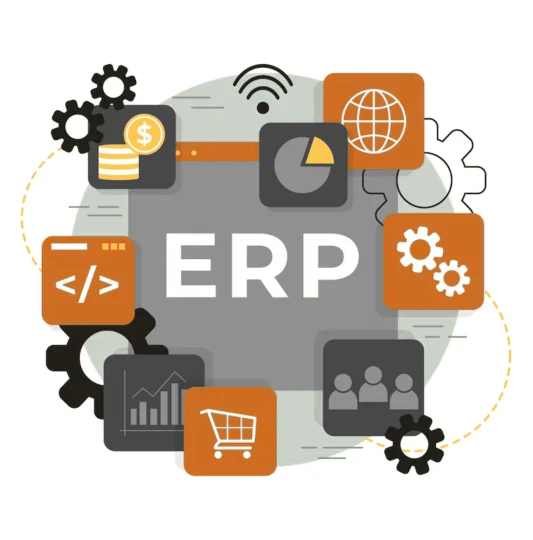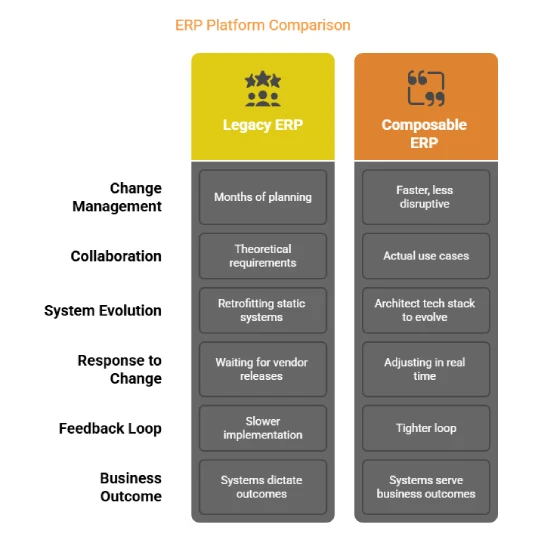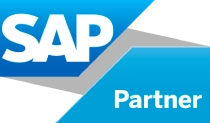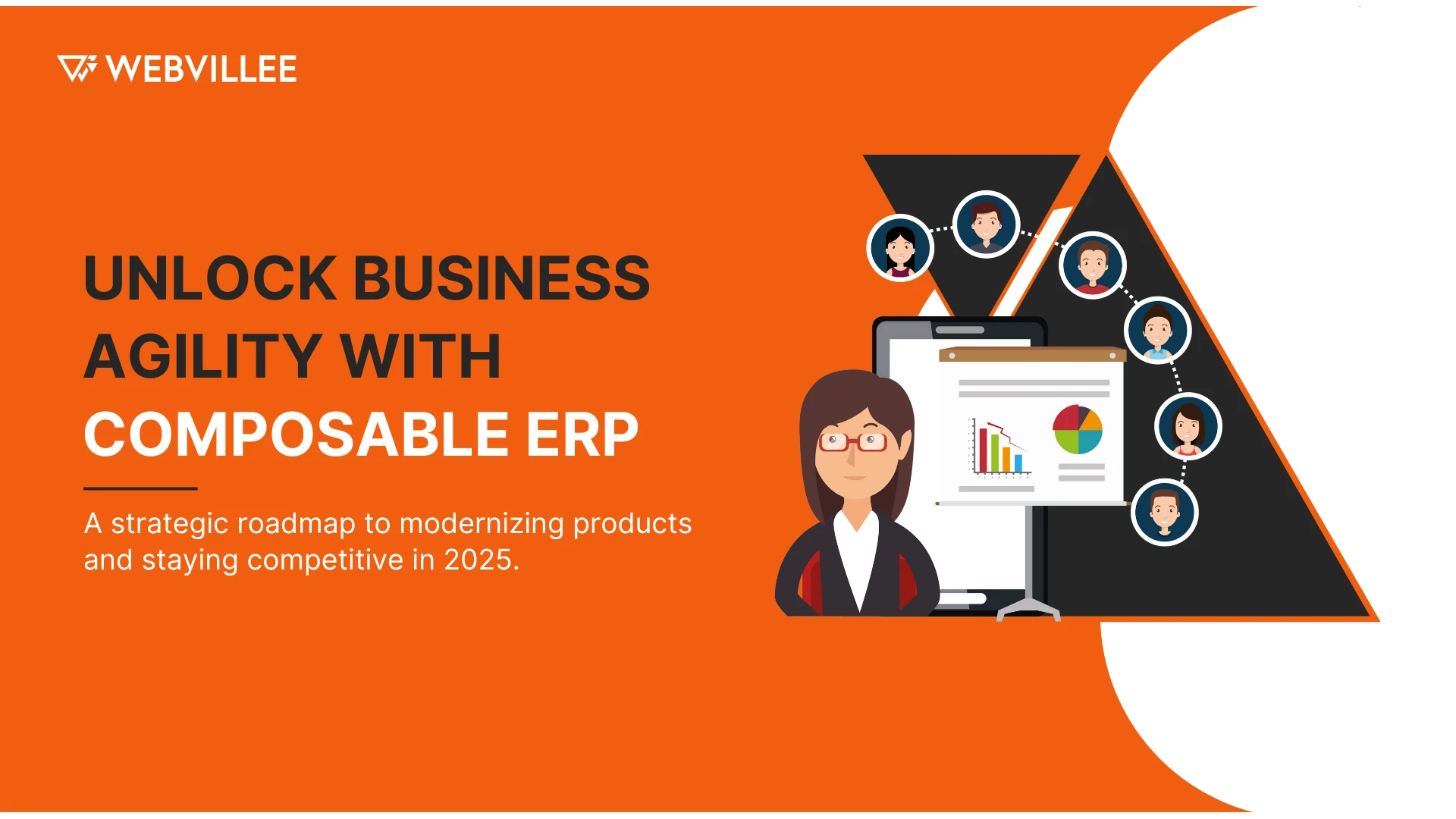Traditional ERP systems were built for stability, not speed. They helped businesses operate consistently, but in a world defined by constant change, consistency alone isn’t enough.
These legacy systems were often large, centralized platforms designed for standardization. While that approach worked in an era of predictable operations, today’s business climate demands adaptability.
With customer preferences, regulatory landscapes, and competitive pressures evolving faster than ever, rigid systems can become liabilities.
Composable ERP is changing that. It’s modular, flexible, and designed to respond as fast as your market does. Instead of rigid monoliths, you get systems that adapt, integrate, and evolve around your business strategy.
It shifts the focus from maintaining structure to enabling change. Every component is designed to be plugged in or pulled out without disrupting the broader system, making innovation more accessible and operational risk easier to manage.
Here’s why composable ERP is becoming the go-to strategy for future-ready enterprises and how it’s reshaping what agility looks like in the digital age.
What Is Composable ERP?
Composable ERP is a modular approach to enterprise resource planning. Instead of relying on one massive system, you build your ERP with smaller, interoperable applications.
- Each module (or component) performs a specific function
- These components can be swapped, scaled, or updated independently
- Everything connects through APIs, microservices, and cloud-native architecture
Think of it as building with digital building blocks. You create a stack that reflects your business needs, not one-size-fits-all software logic. Finance, procurement, HR, and supply chain are each areas that can be customized or replaced without disrupting the rest of the system.
This gives teams the freedom to adopt modern solutions without legacy baggage. It also allows IT to focus on orchestration instead of maintenance. As new priorities emerge, your ERP can respond in weeks, not quarters.
This structure means your ERP grows and adapts with your business instead of holding it back.

Why Composability Matters for Agility
Speed isn’t about being reckless. It’s about being ready. Composable ERP gives your business the ability to pivot quickly without breaking the foundation.
- Deploy new functionality faster without overhauling your whole stack
- Integrate new tech, data sources, or vendors without downtime
- Scale specific processes (like procurement or compliance) as needed
Agility today is not just a competitive advantage it’s a survival skill. Markets shift, supply chains fluctuate, and customer expectations evolve rapidly. Traditional ERPs struggle to keep up because they require extensive reconfiguration just to support small adjustments.
Composable ERP, in contrast, is built for change. It supports iterative improvements and agile experiments. You can test new workflows, spin up pilot programs, or onboard new departments with minimal disruption.
And because it enables faster decision cycles, composable ERP reduces the lag between strategy and execution. That means you can act on insights faster, respond to disruptions smarter, and adapt your systems in real time not six months later.
You move with market shifts, not behind them.
From Rigid Systems to Responsive Architecture
Legacy ERP platforms require months of planning for even minor changes. Composable ERP flips that model.
- You choose and configure only the tools you need
- Change management becomes faster and less disruptive
- IT and business leaders collaborate around actual use cases, not theoretical requirements
Instead of retrofitting static systems to dynamic needs, you architect your tech stack to evolve continuously. That’s the core of responsive architecture: business processes and digital infrastructure advancing in parallel.
You’re not waiting for your ERP vendor’s next release cycle to respond to opportunities or challenges. You’re adjusting in real time because the system is built to accommodate change, not resist it.
This approach also fosters a tighter loop between feedback and implementation. As the team needs shift, your ERP adapts quickly, supporting experimentation without fear of breaking downstream processes.
The result? Systems that serve business outcomes, not the other way around.

Business Benefits of Composable ERP
Beyond flexibility, composable ERP delivers measurable gains in performance, cost control, and innovation.
- Faster time to value: launch projects or process changes without massive delays
- Lower total cost of ownership: reduce bloat and only pay for what you need
- Greater vendor choice: avoid vendor lock-in by integrating best-of-breed solutions
- Improved user experience: personalize interfaces and workflows per department
It also enhances business resilience. Because each module operates independently, you can isolate and resolve issues faster without bringing your entire system down.
Collaboration improves too. Business and IT teams work closer when changes are modular, testable, and directly connected to real-world outcomes. You’re not just improving systems you’re upgrading how decisions get made.
And critically, composable ERP opens the door to continuous innovation. You can pilot new ideas without committing to a system-wide overhaul. This makes it easier to experiment, iterate, and grow with confidence.
This model empowers teams to move quickly, test ideas, and align tech with what drives value.
Composable ERP in Action
Forward-thinking companies are already embracing composability to solve specific pain points and pursue strategic goals.
- A manufacturing firm integrates AI-based forecasting into its ERP for real-time demand planning, improving inventory efficiency and reducing waste.
- A global retail chain swaps out its legacy finance module for a cloud-native solution, gaining better visibility and compliance while maintaining its existing inventory platform.
- A logistics company connects its ERP to a self-service customer portal using low-code tools, cutting customer service resolution times by 40% without changing core infrastructure.
These are examples of composable thinking in action where agility is built into the system, and transformation happens without disruption.
Is Composable ERP Right for Your Business?
Not every business needs a total overhaul. But if your ERP is slowing you down instead of speeding you up, it’s time to reconsider the architecture behind your operations.
Ask yourself:
- Are you locked into slow vendor timelines that stifle innovation?
- Do small changes require large-scale coordination across systems?
- Are you unable to act quickly on data insights due to system constraints?
If your answer is yes to any of these, composability isn’t just a solution, it’s a strategy. It allows you to respond faster, adapt smarter, and build a foundation that keeps pace with your business ambitions.
Composable ERP isn’t just a tech trend, it’s a mindset shift. It’s about building systems that flex with change, not fight against it.
Webvillee helps enterprises design ERP ecosystems that are agile, scalable, and ready for what’s next. From audit to implementation, we align modular systems with business priorities so you’re not just reacting faster, you’re leading smarter.
Ready to shift from rigid to responsive? Let Webvillee help you shape an ERP strategy that’s built for change.

